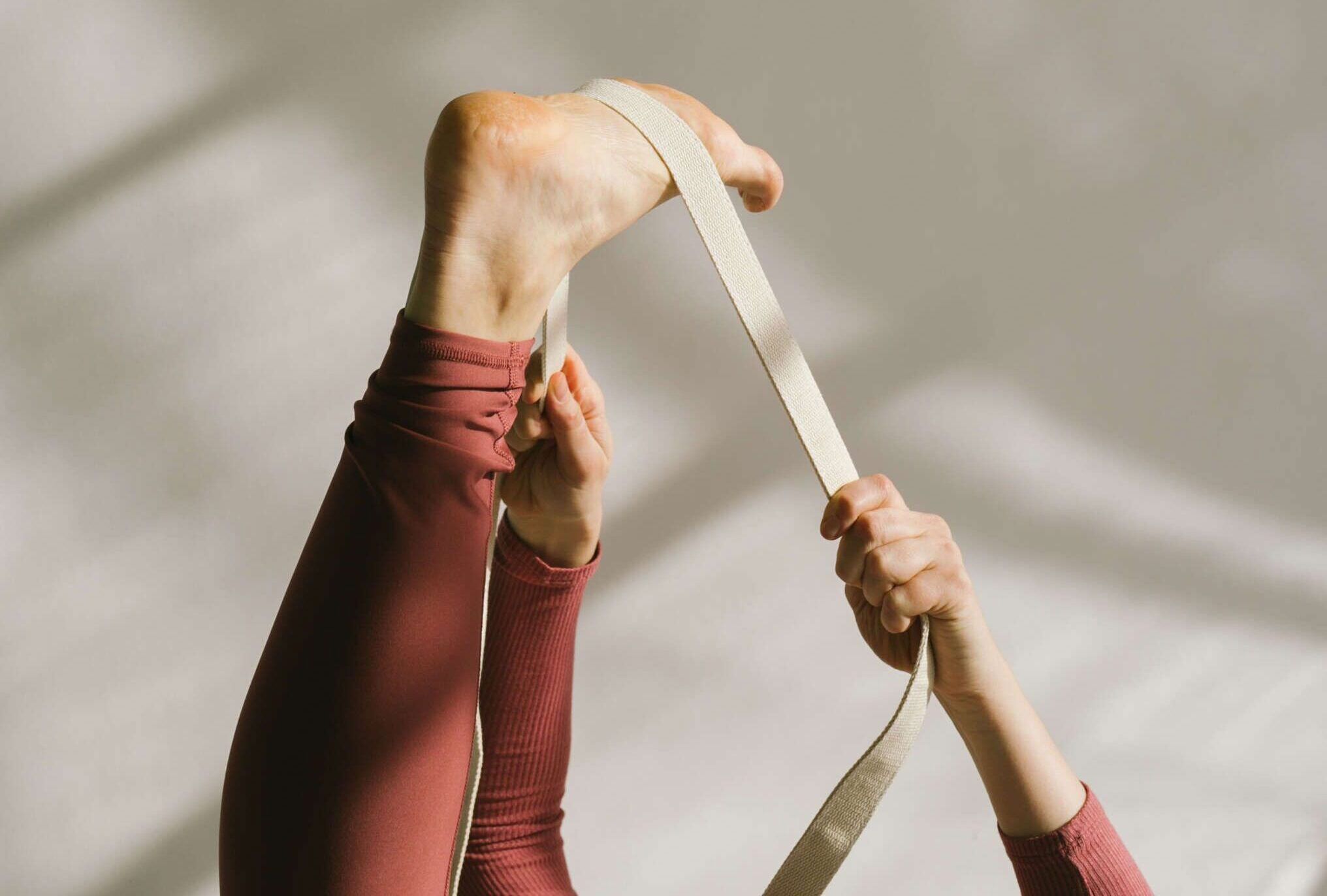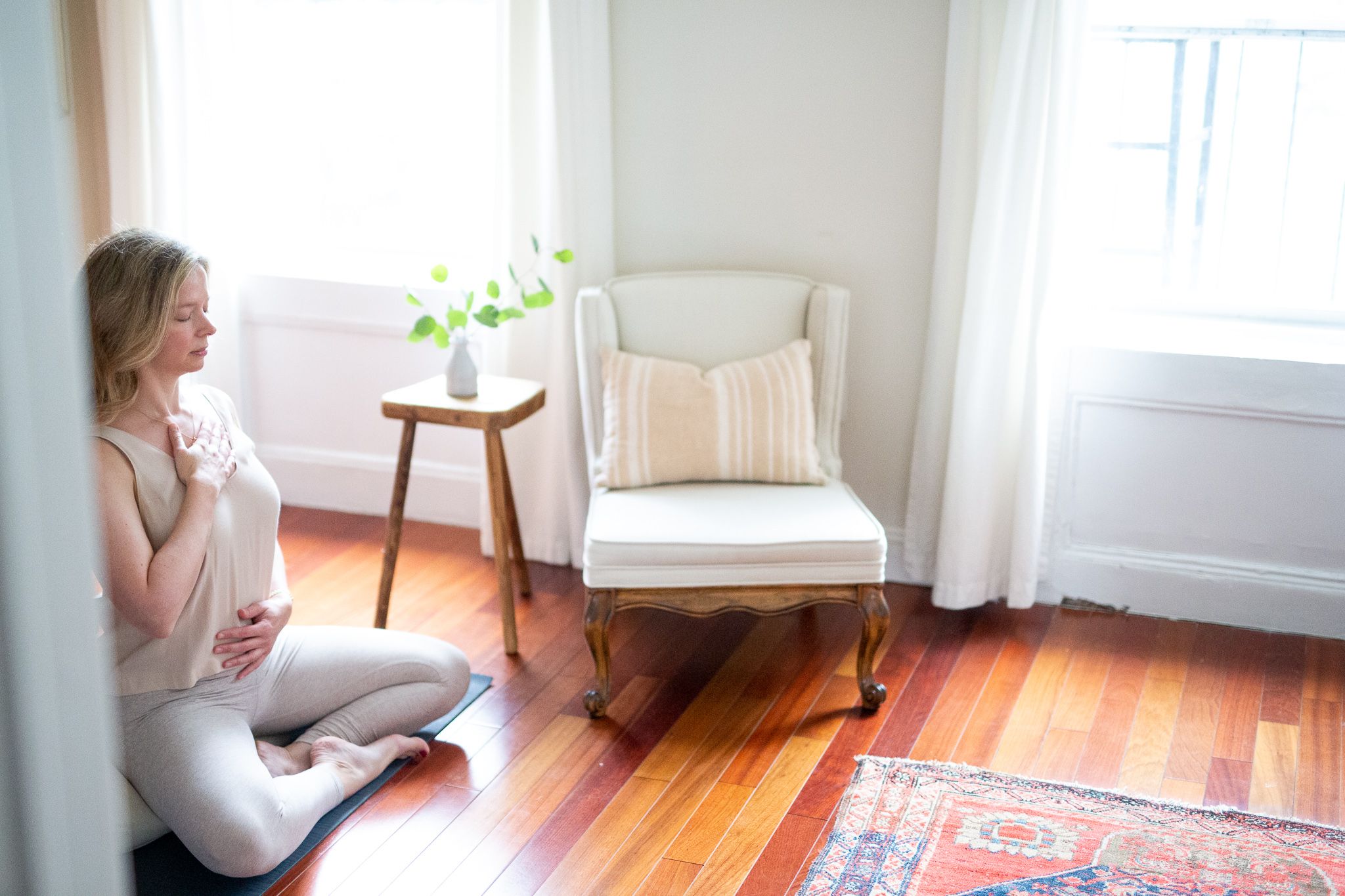
Empowering With Trust
One of the most meaningful shifts we can make as yoga teachers is moving from guiding with control to empowering with trust.
It’s easy to fall into the habit of micromanaging our students’ experiences—offering constant cues, alignment instructions, or corrections we assume are helpful. But when we try to control every aspect of a student’s practice, we may unintentionally communicate that we don’t trust them to navigate their own experience. Empowerment, on the other hand, is about creating a safe container where students feel supported and trusted. It’s letting them know: “You’ve got this—and I’m right here with you.”

Exit With Ease
The transitions in our yoga practice are just as important as the postures themselves and can reveal gaps in our strength and understanding of asana. Think of asana as a flip book — every page tells the story, even (and especially) the moments that, on the surface, don’t seem meaningful.

Easeful Breathing
Pranayama is the practice of experiencing the boundless potential of prana, or life force, inherent within us. It’s less about contorting the breath and more about removing the obstructions that block its flow. From this perspective, pranayama is a surrender to the awesome reservoir of depth and power already within us.

Aligning Space
Lately I’ve felt a pull to return to my yoga philosophy studies. There’s something about looking at life through a philosophical lens that makes me see myself more objectively. The truth is, I’ve been spending way too much time up in my head. I’m trying to work through uncertainty by over-thinking. It’s not going well. Let’s face it: life in general, but especially these days, is nothing if not unpredictable. We’re all trying to navigate the unknown as we face re-entry into a post-vaccinated world. There’s a lot to process and consider, and it raises some big questions about how we will redefine our lives. Ultimately, the only way to chart a course in a constantly shifting landscape is by grounding ourselves in a clear purpose. Yoga philosophy has a lot to teach us about how to find steadiness in an ever-changing reality, and I have found it strangely calming to work through my doubt and anxiety by asking bigger questions.

Ardha Chandrasana
Ardha Chandrasana (Half Moon Pose) is the perfect pose to practice cultivating a playful approach to balance. It’s categorized as an open twist standing pose with the front thigh in a position and effort of external rotation. If you think this pose is easy, I have some bad news for you: Ardha Chandrasana is haaaaaaard. In fact, in my opinion it’s one of the most underestimated and misunderstood postures in the entire standing pose lexicon, right up there with Trikonasana (Triangle Pose) which I like to refer to as the black hole of yoga.

Maty Ezraty
I’ve been feeling quiet and introspective in the wake of the untimely and shocking death of Maty Ezraty. I’m still very much in the throes of processing this loss. As if grief wasn’t complicated enough, I never had a personal relationship with Maty. In fact, I only practiced with her once.






